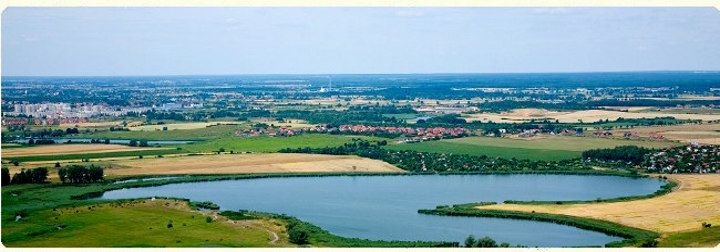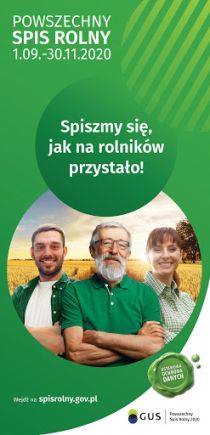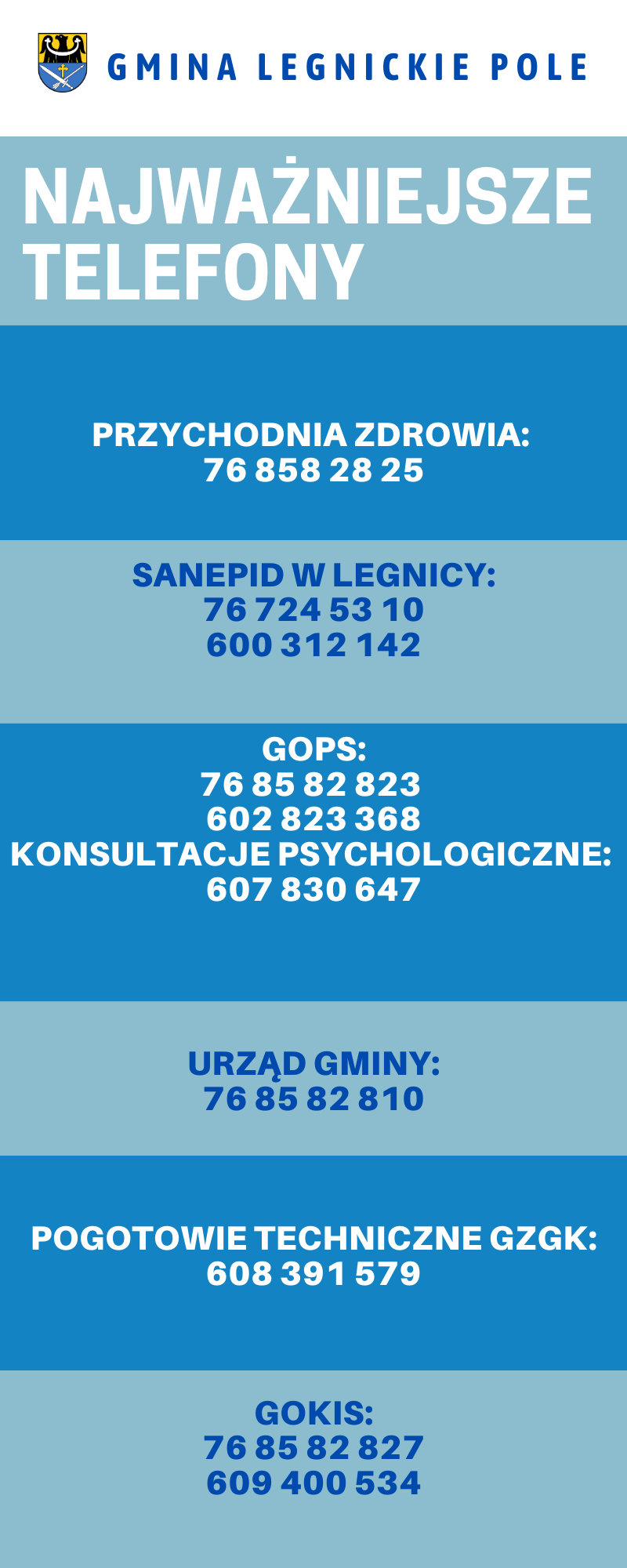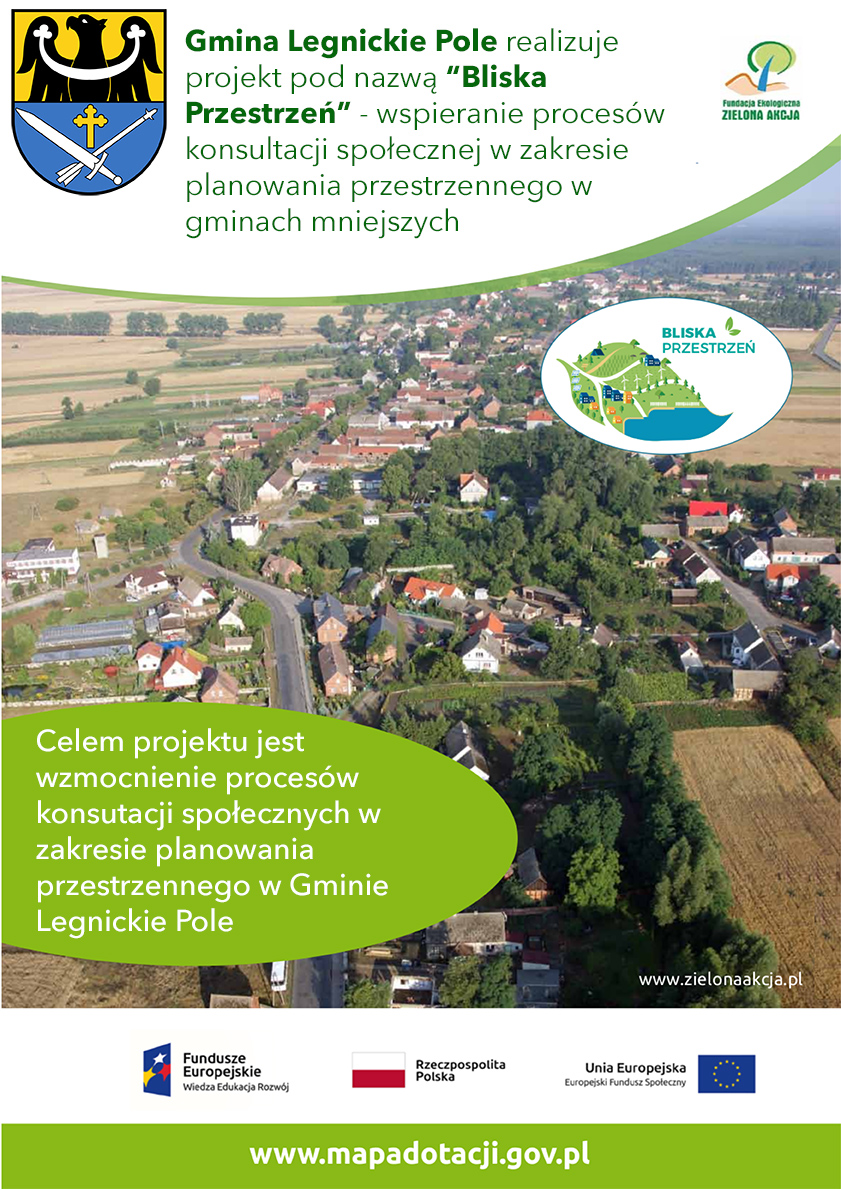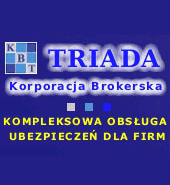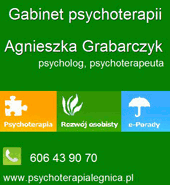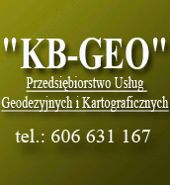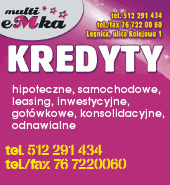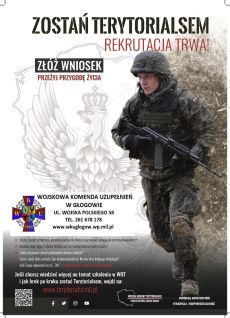County Information
The history of Legnickie Pole, a small village located on the outskirts of Legnica, not far from the A4 motorway, is closely connected with safeguarding Christian and European values. This place went down in history as a scene of one of the most momentous battles in the history of Europe. At the Battle of Legnica, which was fought on the 9th of April 1241, the Mongols were opposed by the Christian army led by the son of St Jadwiga, the Silesian prince Henryk Pobożny, who died in the battle. For ages, the Poles, Germans and Czechs - both Catholics and Protestants have cultivated the memory of those great events and their participants. It is exemplified by annual commemorations organised by the local parish, where the representatives of all uniformed services from Lower Silesia meet. At the site where St Jadwiga, the princess of Silesia and Poland, had found the body of her son, a small stone chapel of the Holy Trinity was founded at the turn of the 12th century. Since 1961, it has housed the museum of the Battle of Legnica. At the beginning of the 18th century in the years 1723 - 1738, a huge church was erected nearby the then chapel. The church speaks volumes for the Christian religion and culture, and the experts view it as “a pearl of pure Baroque” in this part of Europe. The Church of the Exaltation of the Holy Cross and St Jadwiga of Silesia has been recognised as an architectural gem. The steeples of this magnificent building, decorated with princely coronets, shining in the finials of their Baroque cupolas. This splendid building, erected on the spot that played such a momentous role in the history of these lands, can be recognised from afar. The church was designer by the most prominent Baroque architect in Europe - Kilian Ignaz Dientzenhofer. Vaulting frescos, dating back to 1733, created by Cosmas Damian Asam - a German painter, form the main ornamentation of the church of St Jadwiga. Asam`s frescos catch our eye with their clearness and freshness of their colour range. Their survival till present days in their original form makes them a very precious asset for the world’s culture. Moreover, Asam`s paintings are marked by deep theological values. In the centre of the church’sdome you can see St Helen - the empress and bishop Makary (Lat: Macarius) having found the Holy Cross. The wealthy and the powerful praise and pay homage to the Cross. On the borders we can see Mary holding the Infant and treading upon a serpent: the scenes depicting the pagan temple of Venus being pulled down and also a series of episodes from the Benedictine Friars’ missionary work. Over the organ empora, Jan Długosz’s account of the Legnica battlefield has been depicted, showing St Jadwiga entrusting the relics of the Holy Cross to the Benedictines. The side reredoses draw our attention to the paintings by Wenzel Lorenz Reiner, and in the main altar-piece we can admire “The Finding Henry’s Body by St Jadwiga” painted by Franz de Becker. Karl Joseph Hiernle - a master-artisan from Prague, completed the sculpture ornamentation. In 1731, Adam Horatio Casparini - a craftsman of Italian origin, assembler an excellent organ. Undoubtedly, this historic church in Legnickie Pole is one of the greatest monuments in Lower Silesia. It is visited by many tourists, art critics and artists including the students of the Academies of Fine Arts from Cracow, Wrocław, Munich and Dresden. Students from the faculties of history at Polish universities also visit the site every year. It distinctly proves the over-regional importance of this church.
In the chambers of post- Benedictine monastery the Prussian Military School was quartered. Paul von Hindenburg, the future fieldmarshal and the second president of the Weimar Republic was one of its cadets. During the Second World War (1939-1945), the buildings housed ‘Offlag 8 F’ - a POW camp for French, Soviet and Yugoslav soldiers. Following the war, it was taken over by the Soviet Army, then by the Polish Army. The biggest in Poland, Home of Social Welfare for Adults has been housed in there since 1957. It provides fundamental, tutelary, revalidating and educational services for people who require a 24-hour medical care. The historic church in Legnickie Pole has been undergoing rep air and conservation works since 1999. So far the roof has been fully renewed and two fragments of a fresco by C. D. Asam have been renovated as well as four side altars: St Margaret’s, St Benedict, Our Lady’s of Sorrows and St Adalbert’s. The greatest investment programme made by the parish in Legnickie Pole has been the restoration of a monumental organ made by A. H. Casparini In 1731. Thanks to the efforts of the organ manufacturing and art. conservation companies, the organ has regained its original Baroque tone and looks. The conservation works, financed by the parish, are - among others - supported by: the Office of the Marshall of Lower Silesia Province, the Minister of Culture and the National Heritage, the Commune of Legnickie Pole and the Copper- Processing Company KGHM Polska Miedź PLC. Upon instigation from the parish, on 18 April 2004, the president of Poland, Aleksander Kwaśniewski, conferred the title of a Historical Monument of the Republic of Poland on the Church of the Elevation of the Holy Cross and St Jadwiga of Silesia as well as on the monastery complex in Legnickie Pole. This is the highest recognition that can be awarded to a historical building by the Polish authorities. There also is a campsite by the Centre of Sport and Recreation in Legnickie Pole, situated in Henryka Brodatego Street. Motel “Dworek” (“Mansion House”) is opened the whole year round and situated next to the A4 Motorway at km 96 toward Jędrzychowice. The acces to the motel is also possible from Gniewomierska road. It offers the visiting pilgrims and tourists board and lodging with comprehensive sanitary base and exquisite cuisine. Along the A4 Motorway towards Wrocław, there is the direct exit for Legnickie Pole (km 94). By the exit, there is a car park next to a 24- hour motel and restaurant called “Orlik”. There is a direct wal king route from the motel, following an ancient lime-tree alley, also recognised as another historic monument. At present, Legnickie Pole is a communal centre. Such institutions as a health clinic, a social assistance centre, the centre for Sports and Recreation and the School Complex with a sports gym are situated in there. The commune is systematically developing its technical infrastructure and educational and cultural base. A new housing estate is being built and endeavours are made to build a communal nursery school.
In 2007, an educational footpath “The Golden Footpath” was prepared and commissioned. It leads from the centre of Legnickie Pole to the old goldmine pits where gold used to be mined in the middle ages. An area covering 48 hectares that is a part of the Special Economic Zone in Legnica, is situated within the commune. The suszone “Legnickie Pole “ is situated in the central part of the Province of Lower Silesia in the outskirts of Legnica along the main Communications junction - the junction of the A4 Motorway and National Highway No 3. Such companies as LENOVO, LIDL and VOSS have their headquarters in there.
The area of the Commune of Legnickie Pole - 85.4 km2
No of inhabitants - 4,930
Important telephone numbers:
Communal Office (Urząd Gminy) in Legnickie Pole - 076 8582810, 076 8582811
The parish of St Jadwiga the Silesian - 076 8582185
The Communal Sports and Recreation Centre (Gminny Ośrodek Kultury i Sportu) - 076 8582827
The Communal Health Clinic - 076 8582825
The Communal Centre for Social Assistance (Gminny Ośrodek Pomocy Społecznej) - 076 8582823
OSiR Centre (the campsite) - 076 8582397
The Legnica Battle Museum (Muzeum Bitwy pod Legnicą) - 076 8582398
Motel "Dworek" - 076 8582088
Szukaj na stronie
Licznik odwiedzin
Dzisiaj 6
Wczoraj 42
W tym tygodniu 91
W tym miesiącu 1538
Od początku 1977507

 English
English Deutsch
Deutsch Česky
Česky

